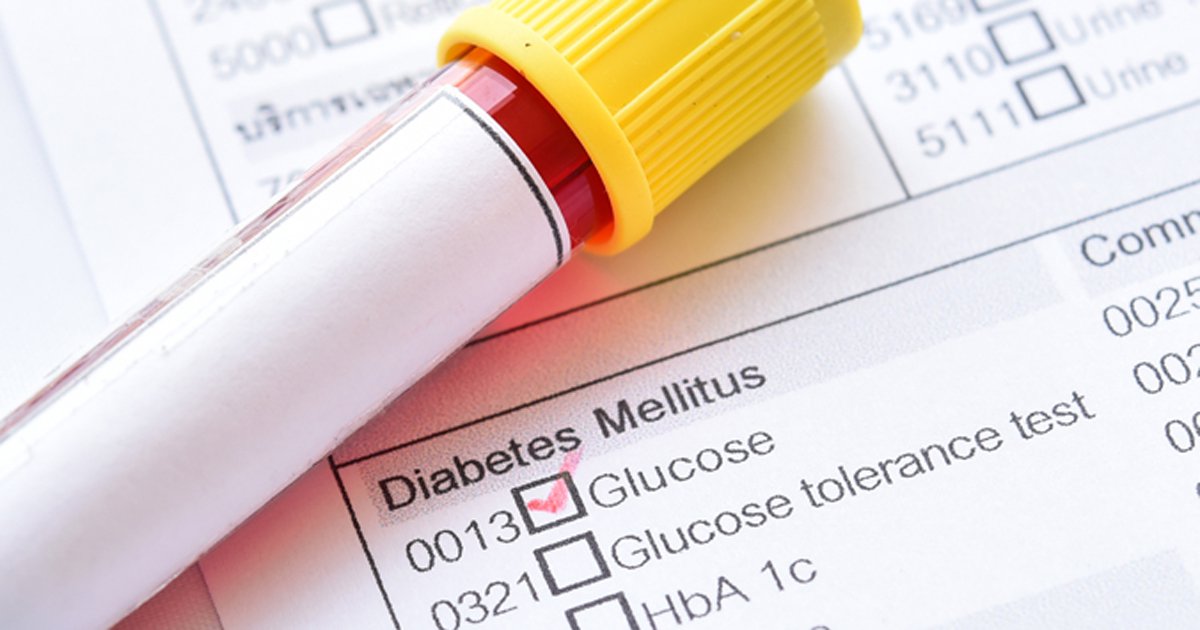VADT: No legacy effect with short-term, intensive glucose control
A cohort of veterans with longstanding type 2 diabetes assigned to an intensive glucose-control regimen for 5 years were just as likely to experience a cardiovascular event or death in the decade after intervention ended vs. those assigned to standard therapy, according to findings published in The New England Journal of Medicine.

“Intensive glucose lowering in patients with a longer duration of type 2 diabetes and at higher risk for CVD provides a modest (17%) reduction in CVD events; however, it requires a reasonably long period of glucose lowering (nearly 10 years) and a reasonable improvement in glucose control,” Peter D. Reaven, MD, a staff endocrinologist at the Phoenix VA Health Care System and professor of clinical medicine at the University of Arizona, told Endocrine Today. “Intensive glucose lowering is also associated with negative outcomes such as weight gain and hypoglycemia, and these and other factors must be considered in the discussions with patients regarding glucose-lowering targets and medication choices.”
Reaven and colleagues analyzed data from 1,655 veterans with type 2 diabetes randomly assigned to intensive (n = 892) or standard glucose control (n = 899) for a median of 5.6 years (mean age, 61 years; 97.2% men; 62% white; mean diabetes duration, 11.6 years) as part of the Veterans Affairs Diabetes Trial (VADT). The goal for the intensive-therapy group was normal HbA1c levels, with a median level more than 1.5 percentage points lower vs. the goal for the standard-therapy group (between 8% and 9%). Prespecified primary outcome was the first major CV event, defined as a composite of nonfatal myocardial infarction, nonfatal stroke, new or worsening heart failure or CV death. Prespecified secondary causes included CV death, all-cause death, any major diabetes-related outcome and health-related quality of life. Researchers used Cox proportional hazard models to examine the effects of HbA1c level on outcomes. Within the cohort, 1,391 participants agreed to additional data collection with yearly survey and chart reviews to detect outcomes and quality-of-life assessments not available in central registries (survey cohort).
During the trial, median HbA1c for the intensive-therapy group was 6.9%. Median separation of between-group HbA1c curves was 1.5 percentage points during the trial, which then gradually diminished to 0.2 to 0.3 percentage points in the 3 years after the trial ended. HbA1c stabilized for both groups at a median of 8%.
No observed benefit
During the combined 15 years of follow-up (active treatment and posttrial observation), risks for major CV events were not lower among the intensive-therapy group vs. the standard-therapy group (HR = 0.91; 95% CI, 0.78-1.06) nor was the risk for all-cause death (HR = 1.02; 95% CI, 0.88-1.18).
The researchers noted that the risk for major CV outcomes was 17% lower for the intensive-therapy group vs. standard group during the extended interval of separation of the HbA1c curves (HR = 0.83; 95% CI, 0.7-0.99); however, this benefit did not continue after equalization of the HbA1c levels (HR = 1.26; 95% CI, 0.9-1.75).
“Most of the CVD benefit can be accounted for by the degree of glucose separation between treatment groups, supporting the notion that it is indeed the reduction in HbA1c that is important,” Reaven said. “When glucose separation no longer existed between groups, the CVD benefit also diminished, consistent with the idea that there was little evidence of a pure, glucose-lowering legacy benefit.”
Addressing other risk factors
Reaven said the findings were in line with what researchers observed in the active phase of the VADT study.
“We need to be realistic about the benefits we can gain from glucose lowering in our more advanced type 2 diabetes patients,” Reaven said. “As the benefits are modest/moderate, and there are some downsides, careful discussions with the patients are required to make sure these efforts are patient centered and targeted appropriately for them. For example, it may be more advantageous to be more aggressive with glucose lowering when started earlier in the disease process.”

Reaven said new diabetes medications, which may have benefits beyond glucose lowering, may have increasingly important roles to play in the overall care of people with diabetes.
“These VADT data also emphasize the importance of addressing the many other CVD risk factors present in these patients,” Reaven said.
In an analysis of long-term follow-up VADT data presented at last year’s American Diabetes Association Scientific Sessions and reported by Endocrine Today, Hertzel C. Gerstein, MD, MSc, FRCPC, professor and population health institute chair in diabetes research at McMaster University and Hamilton Health Sciences in Ontario, Canada, noted that the idea of a legacy effect may depend on the person defining what those words mean.
“What does ‘leaving a legacy’ mean?” Gerstein said during an ADA symposium. “Well, VADT showed that about 5.6 years of more vs. less glucose lowering reduces CV outcomes during 10 years of follow-up, but not during 15 years of follow-up.
“A legacy may not last forever,” Gerstein said. “People squander their inheritance and their legacy is gone. The same thing can happen in medical situations as well.” – by Regina Schaffer
For more information:
Peter D. Reaven, MD, can be reached at the Phoenix Veterans Affairs Health Care System, 650 E. Indian School Road, Phoenix, AZ 85012; email: peter.reaven@va.gov.
Disclosures: Reaven reports he receives research support from Amgen, AstraZeneca and Bristol-Myers Squibb. Please see the study for all other authors’ relevant financial disclosures.

